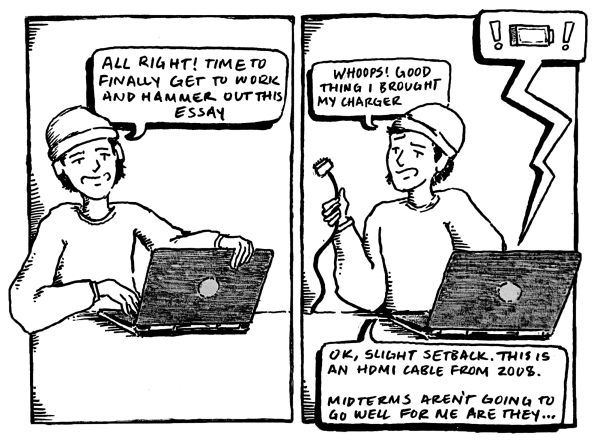Oberlin Voters Must Evaluate Building Proposal Carefully
To the Editors:
Kudos to the Review for reporting on local town issues, namely the desire of Oberlin city school officials to have a new building built at a cost to taxpayers of $36 million. Any attempt to help the campus community learn about life in our town — and vice versa — is a good thing. I do wish, however, to alert readers of the Review to the fact that there is a growing group of concerned Oberlin residents questioning whether the board’s proposal is in the best interests of the city and its people.
It is a fact that Oberlin residents have generously supported city schools by voting for the tax levies frequently appearing on the ballot. For example, we pay property taxes in support of city schools for educational technology (1.3 mills, up from 1 mill in 2007), general permanent improvements (3 mills, increased from 2 mills in 2014), and 5 mills for “emergency requirements,” up from the 4.88 mills first requested as an “emergency” in 2011. Oberlin’s effective property tax rate is above the state average, and roughly in the middle here in Lorain County.
In addition, however, Oberlin collects a substantial income tax in support of local schools — one of the fewer than one-third of the 611 school districts in Ohio to do so. Oberlin’s two percent school income tax rate is tied for the highest in Ohio, matched by only four other districts. The combined property taxes and income taxes paid by Oberlin residents in support of city schools have clearly added up over the years: In 2015 Oberlin residents paid $3,000 more per student than the state average, and $3,500 more per student than the average of the other 13 school districts in Lorain County.
The proposal for a $36 million school building is not new. In June 2016, the school board voted to place a levy for a new building on the November 2016 ballot. A group of concerned citizens, however, successfully circulated a petition asking the board to consider less expensive alternatives. Although the school board decided against putting the new building on the ballot at that time, the board has not seriously considered other alternatives, despite receiving input from a facilities committee appointed by the board to look at alternatives to new construction. If this proposal for a new building were to go forward as planned, Oberlin residents would pay both an income tax increase of 0.5 percent (to a 2.5 percent school income tax rate) for the next 30 years, and a new 4.81 mills property tax for the next 37 years (that is, a new property tax at a rate of 4.81 mills, in addition to the various existing property taxes mentioned above).
The impact of higher taxes is important to consider within the context of our community. That Oberlin is not a wealthy community is clear: we have a 19.9 percent poverty rate (compared to a countywide average of 14.6 percent), with 51 percent of Oberlin city school students qualifying for free or reduced-price lunch. In addition, a 2016 housing study commissioned by the City of Oberlin listed our “high tax burden” as one of “Oberlin’s challenges” in terms of attracting newcomers to Oberlin. The study also found a lack of adequate housing for middle-income seniors, low-income families, and young families seeking starter homes.
In addition, this housing study found that the diversity of Oberlin’s historically diverse population is eroding. According to the report, Oberlin’s African-American population has dropped from 18.5 percent to 14.8 percent since 2000, due in part to a paucity of decent, affordable starter homes, along with our high taxes.
“One of the things that deeply concerns me is that in the last census we lost 200–300 members of the African-American community,” Oberlin City Council member Sharon Soucy said. “[Oberlin is] defined by [its] diversity, so this is really concerning for the future.” (“Cleveland State Report Reveals Housing Deficiencies,” The Oberlin Review, Feb. 17, 2017)
Oberlin City School Board President Anne Schaum states her hope is that “the new facilities would help attract more families to the district.” While laudable, I would suggest this hope is but wishful thinking, for at least three reasons: the increasing and burdensomely high tax rate, the results of the aforementioned housing study (buying homes and moving to Oberlin would be even more problematic for young families), and the results of the 2017 state report card (Oberlin falls below the state requirement in terms of the numbers of students passing state exams in every grade and on every state test). In sum, these factors constitute a significant deterrent to families contemplating a move to our district.
It is my hope that readers of the Review will be on the lookout for factual information on both sides of this important issue in the future. In particular, perhaps an interview with members of the group formed in opposition to the new school building plan could run in a future issue of the Review.
– Jim Walsh
Professor of Mathematics


